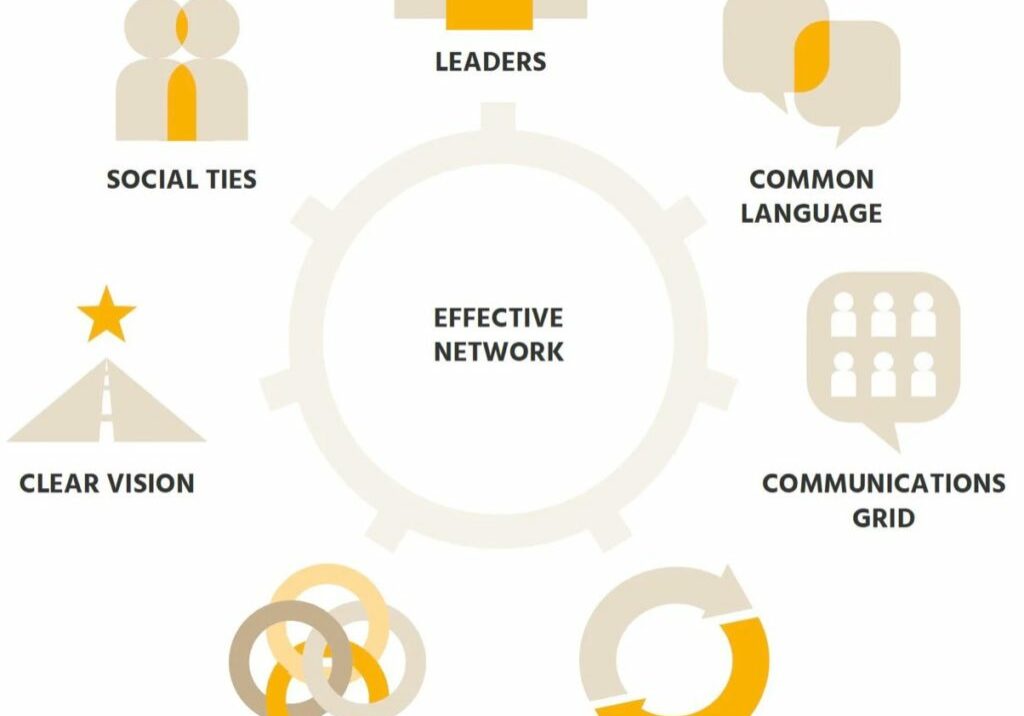
Seven Elements Spotlight: Shared Resources
In theory, bringing nonprofit leaders across a movement together in an advocacy network sounds simple. In practice … well, it’s a bit more complicated.
See, as much as we like to tout the benefits of networks at Netcentric Campaigns, we understand that many nonprofit leaders are sometimes hesitant to join forces with others in their field. It can be tricky to convince folks who are used to doing their own thing to work alongside others.
So how do you recruit people to join an advocacy network? You entice them with resources they wouldn’t be able to obtain on their own.
These Shared Resources are a vital part of our Seven Elements of an Advocacy Network. Offering leaders these tools and services when they join the network saves them time and money — and begins to create social ties among everyone in the network. Without them, an advocacy network is likely to fail.
Many nonprofit organizations operate with tight purse strings. As such, many are unable to afford the costly services needed to operate online advocacy efforts. But when they join an advocacy network, they have access to a wide-range of tools that can help them achieve success.
The Shared Resources a network provides depends on the needs of a network. For example, some networks find it helpful to offer leaders email listservs or newsletters to make connections across the movement. Others might offer a funder directory for a particular field to help leaders access revenue streams. Many network offer training opportunities, providing leaders with the opportunity to learn new skills at little-to-no cost.
Leaders often find that an email list of grassroots supporters is a shared resource that can greatly benefit their nonprofit organization. Having grassroots support is vital for organizations to achieve their advocacy goals. Unfortunately, it can be expensive to recruit people to join an email list, and it can be even more expensive just to maintain that list in an online database.
But joining an advocacy network allows nonprofits to tap into grassroots support they otherwise might not have. For example, the Moving Maryland Forward Network (MMFN) maintains a database of more than 30,000 grassroots advocates in the Old Line State. When an MMFN leader needs to generate support for that advocacy campaign, he or she can contact those 30,000 people. Anyone who takes action is then offered the opportunity to join the email list of the leader’s organization.
It’s a double-win for the leader. Not only has he or she garnered additional support for the campaign, new people are recruited to join their organization and take part in future efforts.
Email lists aren’t the only shared resource that can benefit leaders. PreventObesity.net offers its leaders access to a variety of different services, including blogger outreach, cell phone tools and webinar hosting. These tech-savvy tools can be highly effective for advocacy, but like building and maintaining email lists, they can be pricey for groups to have on their own.
But when organizations are part of an advocacy network like PreventObesity.net, they can share those resources. For example, PreventObesity.net Leaders often use webinar hosting to promote a current event or important research that they’ve just released. Other leaders take part in the webinar, making connections across the field while learning about something that could help their advocacy.
It’s another win-win. One leader can use an effective digital platform at no-cost to them, and others in the field tap into the network in a new way.
Shared Resources like these help leaders in their own work. But they also help leaders connect to one another, building the bonds that are necessary to fuel policy change across an entire movement.
